Again, to remind everyone. We are discovering the world “of the West” is one completely obscured by lies, distortions and untruths. As time progresses, some of these lies, and distortions reach the surface. Such as what happened with the Kennedy assassination, and the carpet bombing of China with bio-weapons in the 1950s.
Now, perhaps we need to look at the the Apollo “moon landing”, because the contemporaneous narrative is that it is ridiculously easy to do in today’s day and age, because “we already landed there in the 1960s”, and there is absolutely NO ADVANTAGE to return back to it.
NASA is showing that this is a narrative that is at odds with American space capabilities at this time.
Which sounds suspiciously similar to the lie that masks are useless, while all hospitals continue to wear masks in operating rooms.
It’s a mismatch of narrative.
I do not know FOR CERTAIN if “we” went to the moon or not.
What I do know is that [1] the United States government is a lying machine, and [2] all lies eventually unravel over time. And [3] when big “whoppers” of lies start to unravel, that is when all Hell tends to break out…
We continue with this look…
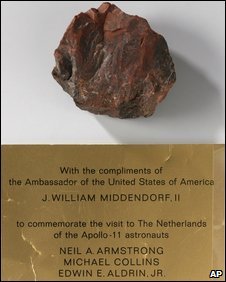



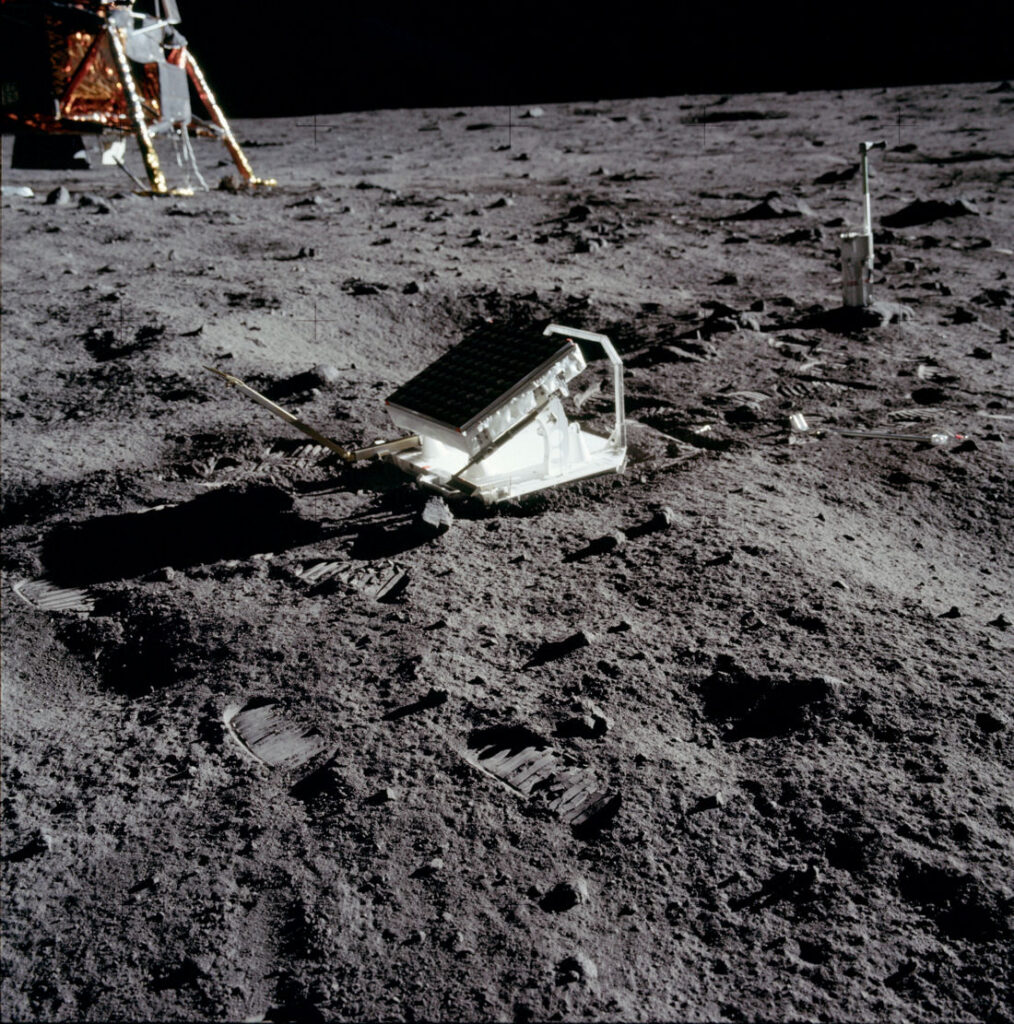

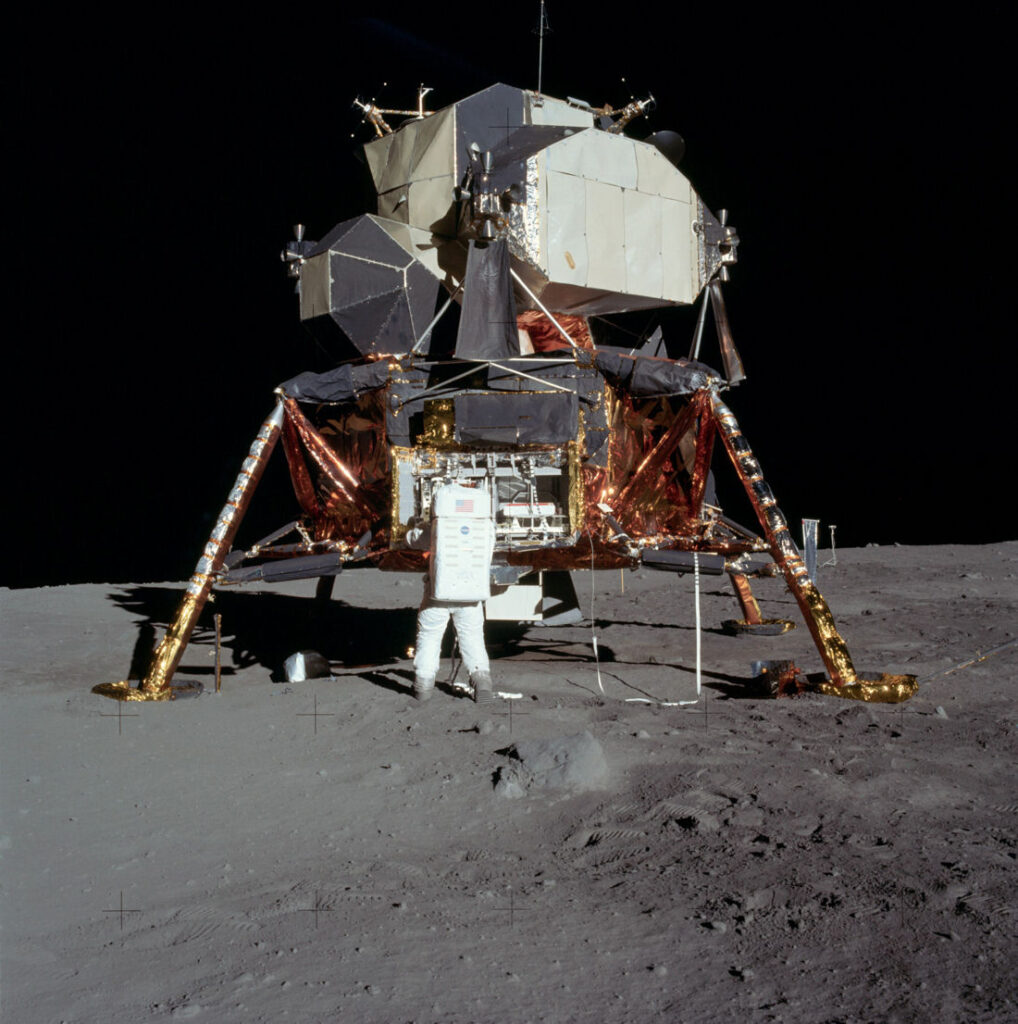
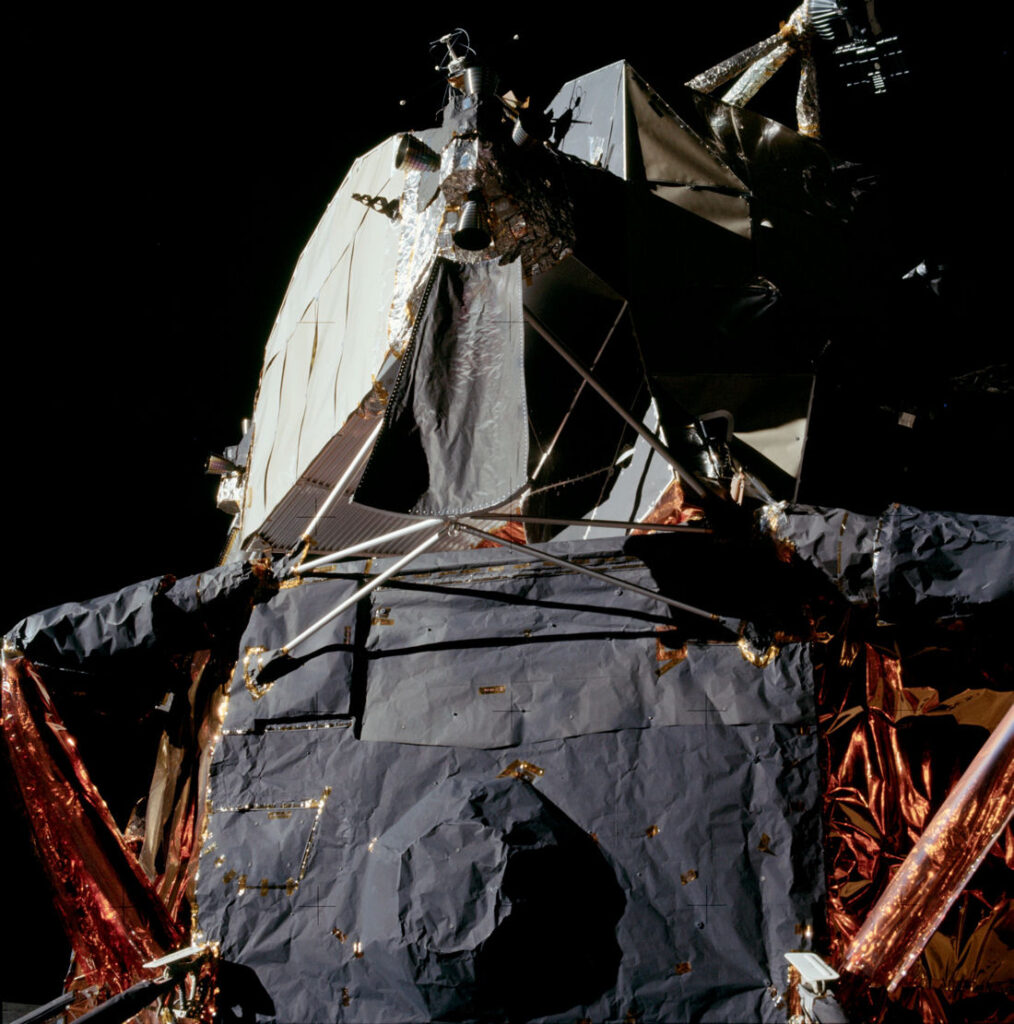

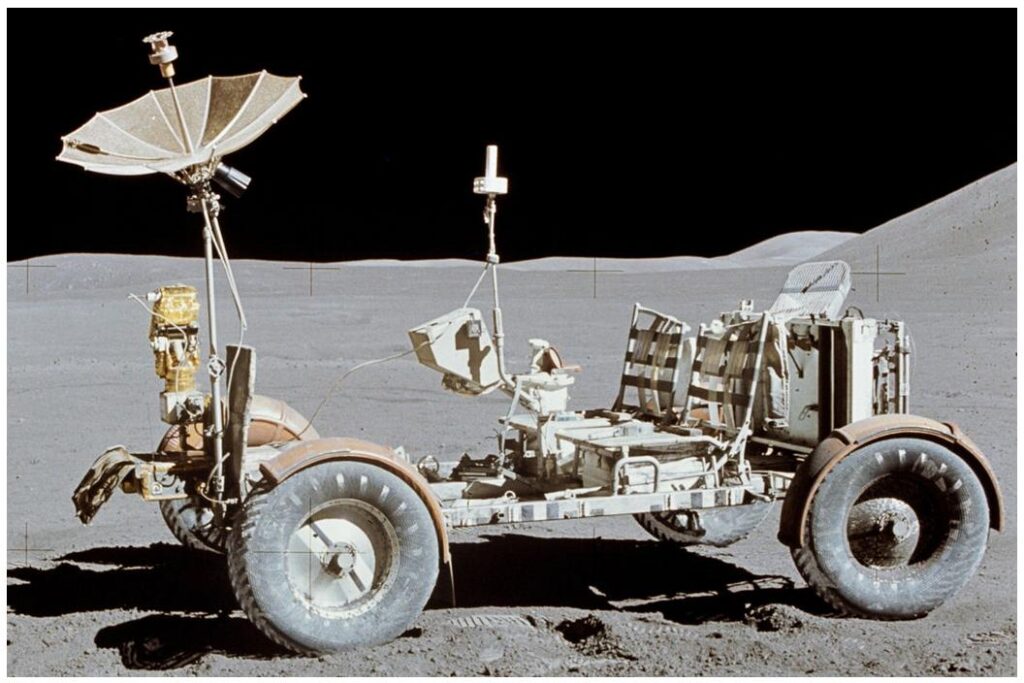
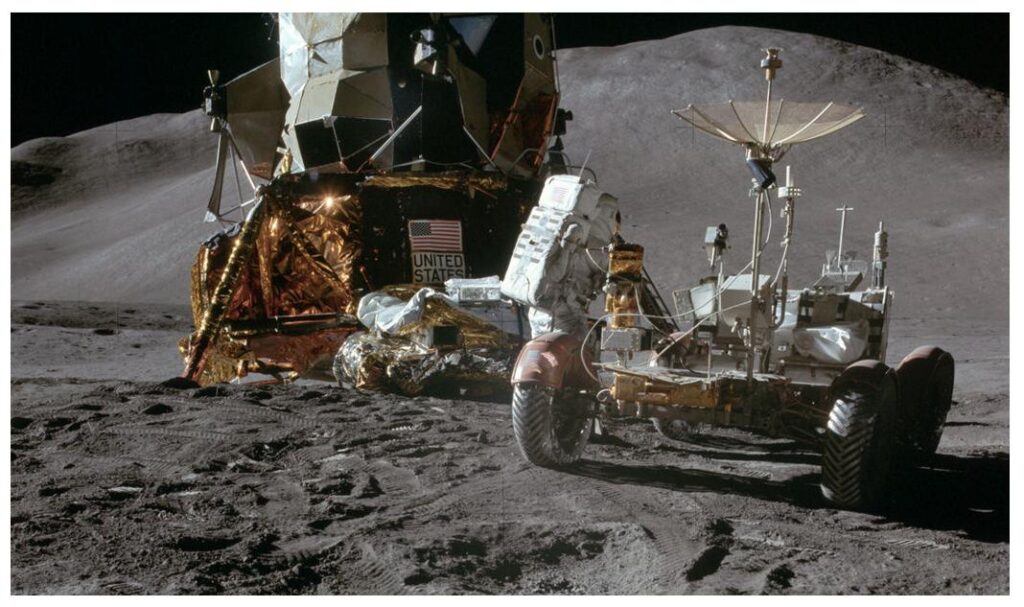
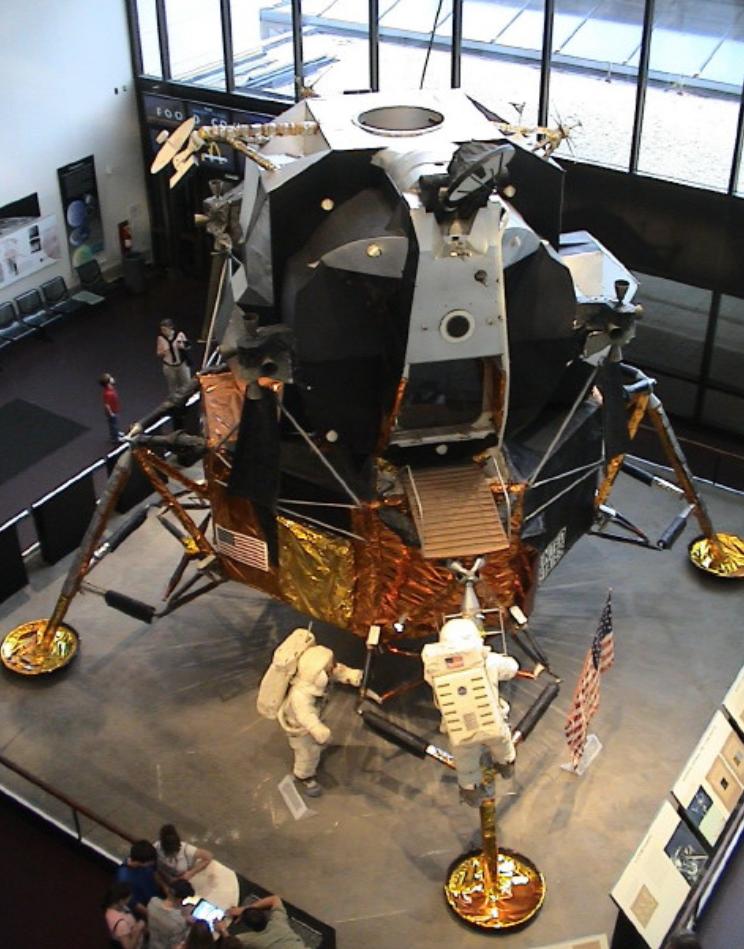

Trenary Toast
This is a favorite in Michigan’s Upper Peninsula.

Ingredients
- 6 slices dense white sandwich bread, crust removed
- 1 stick (4 ounces) unsalted butter, cubed
- 1/2 cup granulated sugar
- 2 teaspoons ground cinnamon
Instructions
- Heat the oven to 325 degrees F. Line a baking sheet with aluminum foil or parchment to make cleanup easier.
- Trim the crusts from the bread slices.
- Put the butter into a pie plate. Slide the dish into the oven to let the butter melt completely. Keep a close eye on it!
- In a small bowl, whisk together the sugar and cinnamon. Put cinnamon sugar out onto a dinner plate or another pie plate.
- When the butter is melted, remove it from the oven, and dip both sides of bread in the butter. Apply the butter generously, so no spot is left uncoated. The bread should feel a little heavy in your hand.
- Dip the bread slices into the cinnamon-sugar, taking care to coat both sides.
- Lay them on the prepared baking sheet.
- Bake the toasts for about 25 minutes, until lightly browned.
- Transfer to a rack. The toasts will crisp as they cool.
- When cooled, store in an airtight container at room temperature.
Notes
These toasts are better the day after they’re made!
76 countries incorporate Chinese into their national education system
A Green Berets WARNING About Whats Coming to USA “PEOPLE HAVE NO IDEA…”
More American dreamin’

The Biden administration is working to finalize an executive order to restrict outbound investments in China’s high-tech industry. How will it impact China’s technology development? What will be its implications on American companies?
Chinese tech companies do not need foreign funding. The government is providing more than ample funding because they know what’s at stake.
And banning U.S. tech companies from engaging with and doing business in China is just doing China the favor by allowing Chinese upstarts to supplant them.
Biden should heed the warning of Nvidia boss Jensen Huang about the immense damage to U.S. tech from U.S. semiconductor chip embargo with China.
'There Is Only One China': Nvidia Chief Flags Dangers To US Chips Act, Repercussions Of US Tech Embargo On China - NVIDIA (NASDAQ:NVDA) Nvidia Corp (NASDAQ: NVDA) chief Jensen Huang warned against immense damage to U.S. Article HERE
Huang described how the sanctions have handicapped chipmakers like Nvidia from selling its advanced chips in one of the company’s biggest and most important markets, Financial Times reports.
Huang warned U.S. lawmakers to be “thoughtful” about imposing further rules restricting trade with China. “If we are deprived of the Chinese market, we don’t have a contingency for that. There is no other China, there is only one China,” Huang said.
Huang said China made up roughly 33.33% of the U.S. tech industry’s market and would be impossible to replace as both a source of components and an end market for its products.
What’s more devastating is the longer term. Chinese companies are now already building their chips to rival Nvidia’s market-leading gaming, graphics, and artificial intelligence processors. This is happening now and once critical market share is lost, there is no way of gaining it back.
What will be its implications on American companies? It will be the demise of the U.S. tech companies because market growth and demand will be in China, especially in the fields of AI and most other advanced technology applications.
Chinese archaeologists uncover World War II ‘horror bunker’ where Japanese scientists conducted lethal human experiments and shared data with US
- Discovery of notorious Japanese army Unit 731 underground biological weapons laboratory at Anda ‘could lead’ to new evidence of war crimes
- The unit’s leaders were granted immunity by Washington in exchange for the data from some of the most brutal experiments in history
.

Archaeologists have located an underground research facility where Japanese military scientists conducted “horrific biological weapon experiments” on human subjects during World War II in northeast China.
The facility, near the city of Anda in Heilongjiang province, was the largest and most frequently used test site for the Japanese Imperial Army’s notorious Unit 731 that carried out some of the most brutal human experiments in history between 1935 and 1945.
Historical records show Unit 731’s experiments at the Anda site included infecting prisoners with deadly diseases and testing new biological weapons. Some of the most gruesome studies were conducted in underground bunkers designed to contain and control the spread of infectious agents.
Wisconsin-Style French Onion Soup
While you might imagine French onion soup in a Parisian brasserie, Wisconsin-Style French Onion Soup is the ultimate at-home meal to soothe your worries and warm your soul from the inside. Stacked high with sweetly caramelized onions, crusty bread and piles of melted cheese, it’s hard to imagine anything better.

Active time: 40 min | Yield: 8 servings, 1 cup each
Ingredients
- 5 tablespoons butter, cubed and divided
- 3 pounds medium onions, halved and thinly sliced
- Salt and pepper
- 1 teaspoon granulated sugar
- 12 ounces lager beer
- 4 cups (1 quart) beef broth
- 8 ounces pretzel rolls, buns or bread, cubed
- 10 ounces Blaser’s Mild Wisconsin Brick cheese, shredded (2 1/2 cups)
Instructions
- Melt 4 tablespoons butter in a Dutch oven over low heat. Add onions; cook, covered, for 15 minutes, stirring occasionally.
- Season with salt and pepper. Stir in sugar. Cook, uncovered, over medium heat for 35 to 40 minutes or until onions are deep brown, stirring frequently.
- Gradually stir in beer; allow soup to boil. Reduce heat; simmer, uncovered, for 2 to 3 minutes.
- Stir in beef broth. Bring to a boil. Reduce heat to medium-low. Simmer, uncovered, for 25 to 30 minutes longer or until broth is slightly reduced, stirring occasionally.
- Meanwhile, heat oven to 400 degrees F.
- Melt remaining butter; toss butter with pretzel bread on a 15 x 10 inch baking pan. Season with salt and pepper. Bake for 5 to 7 minutes or until bread is toasted, turning once.
- Ladle soup into eight ovenproof serving bowls. Top each with bread cubes; sprinkle with brick.
- Broil 3 to 4 inches from the heat for 2 to 3 minutes or until cheese is melted.
Notes
Brick cheese is a Wisconsin original. Traditional aged or German-style brick has a beige smear on its surface; the color darkens and flavor intensifies with age. Trimming the rind reduces its aroma and flavor.
Accusing China of spying on US infrastructure a US-initiated ‘disinformation campaign’: Chinese FM
By Global Times Published: May 25, 2023 07:36 PM Updated: May 26, 2023 12:14 AM
It is obviously a collective disinformation campaign launched by the US through the Five Eyes intelligence alliance to serve its geopolitical agenda, Chinese Foreign Ministry said on Thursday as some Western countries and Microsoft alleged on Wednesday that a Chinese hacking group is “spying on a wide range of US critical infrastructure organizations.”
According to Reuters, Western intelligence agencies and Microsoft said on Wednesday that a state-sponsored Chinese hacking group is alleged to have been “spying on a wide range of US critical infrastructure organizations, from telecommunications to transportation hubs.”
Microsoft claimed in its report that the espionage has also targeted the US island territory of Guam, home to strategically important American military bases, adding that “mitigating this attack could be challenging.”
In response, Chinese Foreign Ministry spokesperson Mao Ning said during a Thursday press briefing that this is an extremely unprofessional report – a patchwork with a broken chain of evidence. “We also noted that the US National Security Agency (NSA) and the cybersecurity agencies of the UK, Australia, Canada and New Zealand, almost simultaneously issued similar reports. Apparently, this has been a collective disinformation campaign launched by the US through the Five Eyes to serve its geopolitical agenda,” Mao said.
It’s widely known that the Five Eyes is the world’s biggest intelligence association and the NSA the world’s biggest hacking group. It is ironic that the Five Eyes jointly released a report filled with disinformation, Mao noted. The involvement of certain company in the report indicates that the US is using additional channels to spread disinformation other than through government agencies. This is not the first time – and certainly not the last time – for them to do so. Whatever their subterfuge, it will not change the fact that the US is the champion of hacking.
In September 2022, relevant Chinese institutions released a report detailing the actions of NSA’s attacks on China’s Northwestern Polytechnical University. The US should explain immediately about its cyber attacks and should not spread disinformation and detract attention from what it had done, Mao added.
Why is everything about China in American media right now? Shouldn’t they be focused on getting America on track than vilify the Chinese all the time?
The United States is unable to improve a series of prominent domestic issues and can only shift public attention by creating an imaginary enemy and exaggerating the so-called “threat”.
The current United States has a severely disabled system for protecting civil rights, a hollowing out of American-style democratic elections, increasing racial discrimination and inequality, worsening basic survival crises for lower-class citizens, and historic setbacks in women and children’s rights. American politicians serving the interests of the oligarchs not only increasingly lose the subjective will and objective ability to respond to the basic demands of ordinary people and defend the basic rights of ordinary citizens, but also are unable to solve their own structural problems. Instead, they collude with the media to smear and attack other countries, creating opposition, division, and chaos in the international community.
The direction of American governance is just as written in “1984”, “Ignorance is Strength”. The United States carefully crafts its propaganda tools and, through various means, spreads a large amount of false information and inaccurate reports, inducing American people to regard the American political system as an unbreakable truth and causing them to have incorrect perceptions of other countries in the world. Compared to cultivating awareness of independent thinking among the people, the US government and media are more willing to see their own people become political tools that they can manipulate at will.
South Korea warns US could ‘overburden’ its chipmakers with China limits
12 Most Amazing Unexpected Military Finds
What an angel this man is!
Thank you Sir for saving the animals and bringing them to safety. This man is a hero and a role model. Let’s all do our part to help the animals and help each other. This warms my heart deeply!

Iran launches new precision-guided Kheibar ballistic missile

Iran has successfully test-launched its most advanced Khorramshahr-class ballistic missile called Kheibar, a medium-range precision-guided missile that can carry a 1,500 kg warhead.
The Khoramshahr 4 missile was unveiled Thursday morning in the presence of Defense Minister Brigadier General Mohammad Reza Ashtiani during an event marking the 41st anniversary of the liberation of the southwestern city of Khorramshahr.
Kheibar is a liquid-fueled missile with a range of 2,000 kilometers and a warhead weighing 1,500 kilograms, designed by the Ministry of Defense’s Aerospace Industries Organization.
The missile’s extended range, advanced guidance and control system, and improved structural features further solidify Iran’s status as a formidable missile power.
“The message of the Ministry of Defense… is that we are fully committed to defending our country and the achievements of the Islamic Revolution,” Ashtiani said during the unveiling ceremony.
“We are taking steps to equip the Armed Forces in various sectors of defense such as missiles, drones, air defense, and more. Undoubtedly, more (achievements) will be unveiled in the future,” the defense minister stated.
The Khorramshahr class of missiles have impressive strategic and tactical capabilities.
They are known for their unique guidance and control system during the mid-course phase – the longest stretch of flight when the missile is coasting, or freefalling towards its target.
This feature allows Kheibar to control and adjust its trajectory outside the Earth’s atmosphere, and to deactivate its guidance system upon entering the atmosphere, giving it complete immunity against electronic warfare attacks.
“One of the distinguishing features of this missile is its radar evasiveness and the ability to bypass enemy air defenses due to its low radar cross-section (RCS),” Gen. Ashtiani said.
Thanks to its advanced control system, Kheibar’s warhead does not need the typical thin-wing arrangement, which in turn allows the missile to pack up a heavier explosive load.
The Kheibar missile also boasts an incredibly short preparation and launch time.
The use of self-igniting (hypergolic) fuel and the absence of the need for fuel injection and horizontal alignment after the verticalization phase have cut Kheibar’s launch time down to less than 12 minutes.
Furthermore, Kheibar is powered by an advanced liquid-fueled engine that enables the missile to reach speeds of 16 Mach outside the atmosphere and 8 Mach within the atmosphere, giving the missile an exceptional impact force.
The high speed at which the warhead makes impact with the designated target also prevents enemy air defense systems from detecting, tracking, and taking action to shoot down the missile.
The unveiling of Kheibar marks a significant advancement in Iran’s ballistic missile capabilities and demonstrates the country’s commitment to enhancing its defense and deterrent power.
Iranian officials have long asserted that the country’s military capabilities are entirely meant for defense, and that its missile program will never be up for negotiations.
20 BIG RETAILERS Closing Down Right Now!
https://youtu.be/eAVWx_T6f6I
Russia signs deal to deploy tactical nuclear weapons in Belarus
Russia and Belarus signed a deal Thursday formalizing the deployment of Moscow’s tactical nuclear weapons on the territory of its ally, although control of the weapons remains in the Kremlin.
Russian President Vladimir Putin announced the deployment of the shorter-range weapons in Belarus earlier this year in a move widely seen as a warning to the West as it stepped up military support for Ukraine.
When the weapons would be deployed wasn’t announced, but Putin has said the construction of storage facilities in Belarus for them would be completed by July 1.
The Russian defense minister said today:
“In the context of an extremely sharp escalation of threats on the western borders of Russia and Belarus, a decision was made to take countermeasures in the military-nuclear sphere.”
Speaking in Moscow, Belarus President Alexander Lukashenko said “the movement of the nuclear weapons has begun.”
The Roofers are here today . . .
As mentioned on my radio shows, the house here in Pennsylvania which I inherited from my mom, needs a new roof. The Roofers arrived at about 7:00 AM this morning, along with the 30 yard dumpster for construction debris.
Getting the dumpster down the curved driveway onto the property seemed like it was going to be tough, but the truck driver was from Brooklyn, NY (originally) and got it down onto the property like a pro!
Next, a couple vanloads of roofers arrived – even girls!
They strapped-on their hammers, took their tools up ladders, and began taking off the old roofing shingles. They spread tarps on the ground to throw the debris for easy clean-up, and began throwing the removed shingles onto the tarps.
They had a third of the house cleared in short order and then began removing the 1/2″ plywood roof itself; right down to the rafter joists!
By 8:30, two thirds of the house had no plywood roof!
Just before 8:30, the delivery truck from the lumber company arrived with 56 sheets of 5/8″ plywood, plywood clips, and nails. The truck had its own fork truck attached to the back and the driver used that fork lift to bring the lumber down to the job site.
Incidentally, the plywood clips go on the ends and sides of each sheet of plywood and act as spring-spacers to leave about 1/4″ gap between each sheet of plywood, so when the roof heats-up, and the plywood expands, there is no buckling of the roof!
As you might guess, this is a really busy morning here.
Thankfully, clear blue skies, gentle breeze, cool temperature . . . good work weather.
The two satellite uplinks for my radio show have to come off the old roof, so the new one can be installed. They won’t be back for a few days, so one of the “fail-overs” for my radio show will be out of commission until they’re back, but the show still has cable modem and cellular fail-over. I expect the show will air just fine.
I have a bunch of pictures, but am hesitant to put them online. If I do, I have to remove the EXIF data which specifies location, so it’s a hassle to do. Might do it later, we’ll see.
More later . . . .
Australia announces Men can now BREASTFEED
Two women in Australia were told that it is illegal to say that men cannot breastfeed on Twitter. Is it now? Who in the Australian government is asking Twitter to enforce these new laws? Meanwhile, a politician in the U.K., Baroness Falkner, is under investigation for using the term “bloke in lipstick.” Or is she being targeted for insisting on a legal definition of biological sex? Probably the second one.






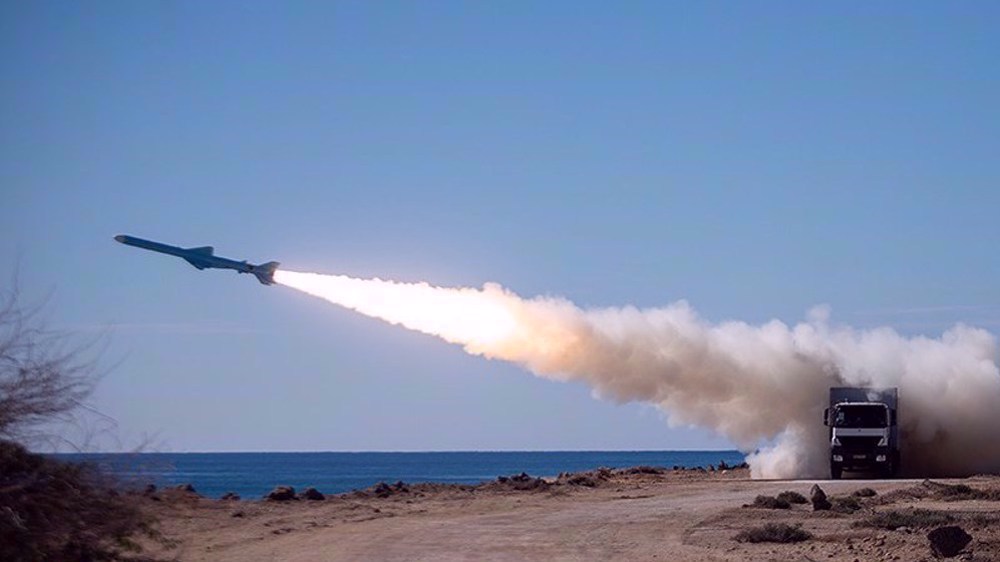
Part two of Dave McGowan’s Wagging the Moondoggie was obviously the crescendo of sarcastic wit and humor concerning the fabled moon landings. Nice find, MM. I enjoyed that immensely. Why? I do not know. I certainly hope it doesn’t make me an abject moron, doncha know! 😉
I’m no aerospace engineering expert, so I can’t verify for myself if it was possible or not for NASA to land astronauts on the moon, within those speeds, given the equipment available at that time.
However, if it was possible and the moon landing really occurred in 1969, I’ve got a simple theory that explains the “700 boxes of transmissions missing”:
1) There are extraterrestrials on the moon.
2) There’s a worldwide planed phenomena that strongly tries to hide the existence of extraterrestrials from mankind.
3) There’s a chance that ET (maybe even Domain!!!) spaceships have showed themselves to the first astronauts landing on the moon.
Given these 3 premisses above, it makes total sense the lack of proof for the moon landing 😉
As an Aerospace engineer, my one big question is “if we could do it it back in 1969, why haven’t we done it since?” From an engineering point of view, it makes no sense. That, coupled with the massive lies out of the US government are pretty damning.
Metallicman, I would love to share some quick hypothesis regarding your question above:
– Possible exopolitical conflict of interests: ETs showed up to warn humanity to stay out of Moon territory. Subsequent missions aiming to land on the moon would result in malfunctions caused by ET technology, difficulting further attempts on moon landing.
– Possibility that, back in 1969, the U.S. had more integrity /didn’t lie as much as nowadays.
Nevertheless, even though I am more inclined to believe the moon landings were real, I have found the arguments you have presented us, Sir, in favour of the Fake moon landing, very intriguing and fascinating. Top quality articles as always!
As an Aerospace Engineer, it makes absolutely NO SENSE not to reuse Apollo-era technology for space exploration in the 1970s, 1980s, 1990s, 2000s, 2010s, 2020s. The only reason NOT to build upon technologies is if you don’t have them in the first place.
Those sneaky MAJ assholes took the Apollo tech and shunted it into a faraway world line, and then they were hush-hush about it ever since.
It’s all sitting in a world line where Sirius A and Sirius B never got within proximity of one another, and is populated by stoner aliens that repurposed the tech for interstellar foosball games.